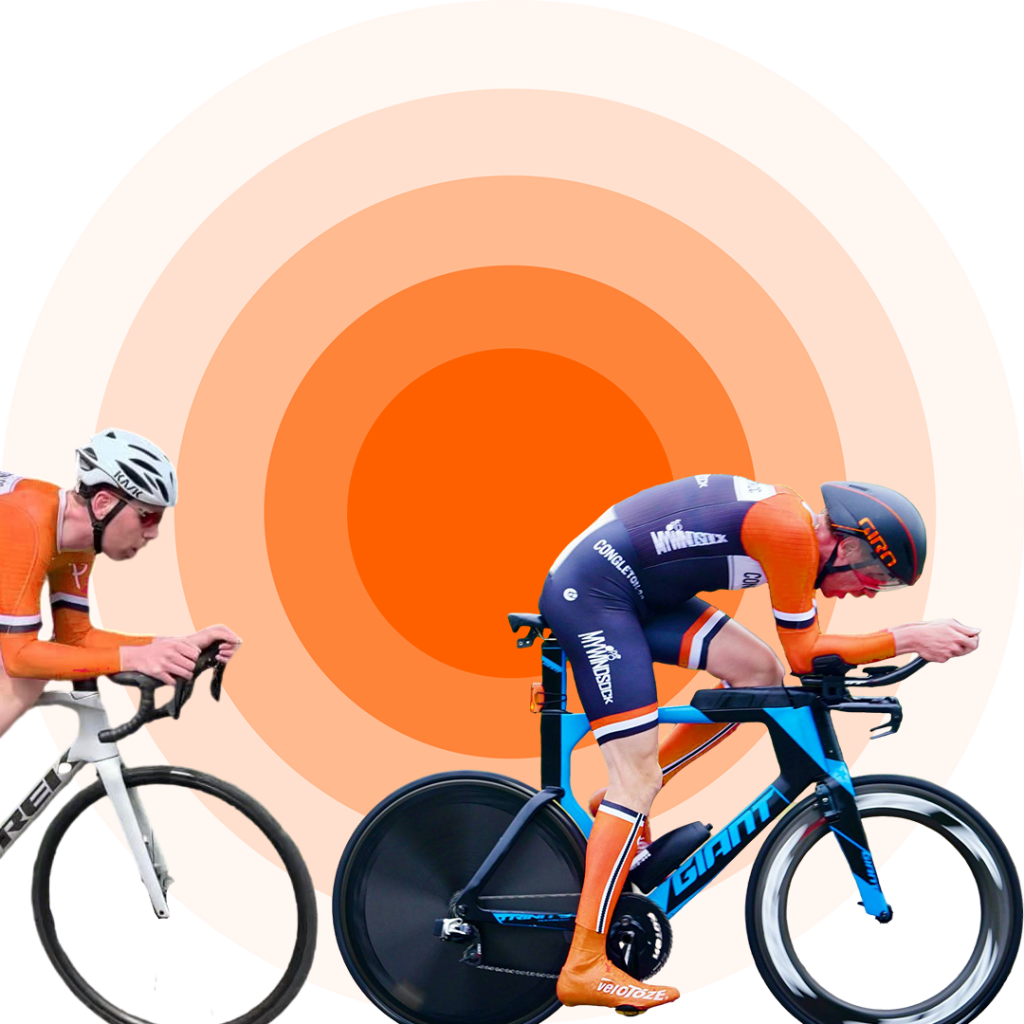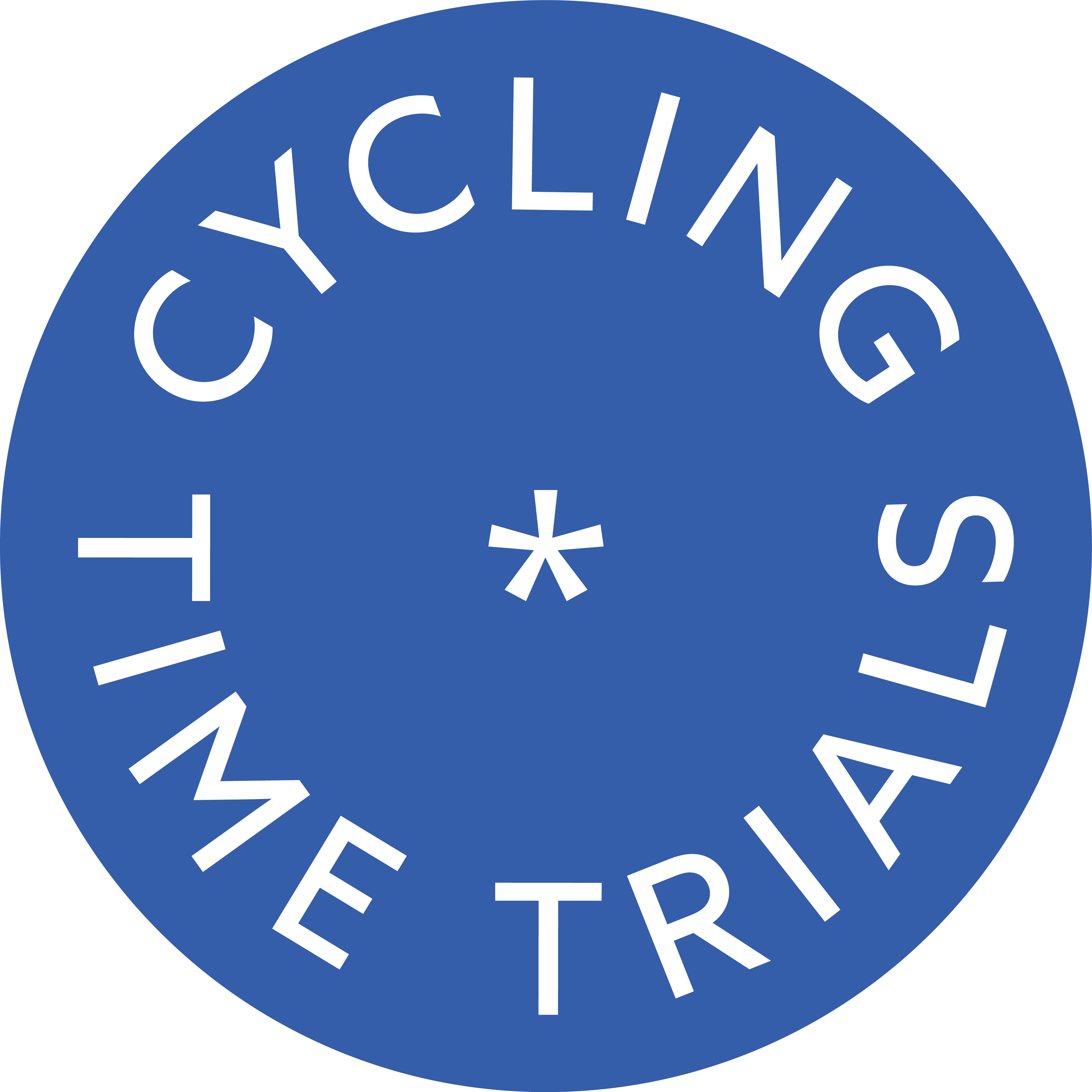Dive into the dynamic world of human performance, where the body orchestrates an intricate dance of energy pathways. Like a well-coordinated team, these pathways operate simultaneously, adapting to the combination of exercise intensity and duration to produce the type of energy required.

Enter ‘Glycolysis,’ the sprinter among energy pathways. It’s the VIP process for rapid ATP production, the currency of the body’s energy economy. Picture this: Cyclists manoeuvring through short, intense races, such as track cycling or the famed hill climb competitions that are popular in the UK from September to November. These athletes are on a quest for an elevated maximal glycolytic rate, a key player in swiftly generating energy. In the arena of these types of competitions, the glycolytic system takes centre stage, contributing significantly to the total energy output. Athletes here crave a top-tier rate of glycolysis, breaking down glycogen (the body’s glucose storage) to meet the relentless demand for high-octane energy.
However, amidst this pursuit of speed, there’s a caveat. A soaring glycolytic rate might cast a shadow on ‘fractional utilisation’ – the delicate balance in the percentage of aerobic capacity (VO2max) where threshold power resides. The aftermath? A potential disruption fueled by increased lactate and its fatigue-inducing companions. In the absence of sufficient oxygen, the stage is set for lactate accumulation and the emergence of fatigue-signalling metabolites.
We all know a rider with amazing power for a short duration effort but can’t seem to translate this power to a longer effort – the explanation for this usually lies in their energy systems. In short, someone who you’d describe as “punchy” might have a moderate VLA max, someone who is “explosive” would have a high VLA max and someone who’s a “diesel” would have a low VLA max. Obviously, there are all sorts of nuances and caveats to this but broadly speaking, VLA max is a good way of categorising someone’s physiology with a very short simple test.
How to test VLA Max:
Begin with a 15-minute easy ride, take a 5-minute break after the warm-up, measure your baseline lactate levels; they should be below 2.5mmol/L. If not, extend your rest and recheck. Prepare for a very short max effort: Gear up for a 20-second all-out effort. Important: Don’t use Erg mode; manually increase bike resistance after the blood sample. After a maximal 20s sprint, stop immediately. Take lactate samples at 3 minutes, 5 minutes, and 7 minutes post-maximal effort. It’s important once you’ve done the sprint, you sit down and don’t move!
If you don’t have access to a lactate analyser, you might be able to “guess” how high your VLA max is. You can’t guess a number but you’ll likely have a good idea if it’s high, low or moderate based on the type of effort you’re good at.
How can it inform my training?
Whether you have measured your VLA max directly or just have an inference from your training data, the type of rider that you are (fast type or slow type/punchy or diesel/oxidative or glycolytic) can inform your training decisions. You can read more about this in detail here, but the short version is that “faster type” riders need more recovery built into their training sessions and training weeks than “slower type” riders. A fast twitch/high glycolytic rider will need to focus on developing their aerobic capacity and the slow twitch/oxidative riders will need to work on developing their anaerobic capacity.

How does this work in the context of a ten mile TT?
You’re reading this blog on myWindsock, so there’s a good chance that you’re interested in time trialling as fast as you can. The balance between your glycolytic and aerobic capacities is related to your performance in a time trial and the approach you might take.
Intensive vs Extensive preparation
If you’re a fast twitch type of athlete, the duration is your enemy and intensity is your friend. Let’s take a rider that’s trying to complete a ten mile TT in under 20 minutes. This is a hard effort for anyone – but for some athletes 20 minutes is very intense and for others, it’s very long. It’s likely (not definite) that an athlete who views a ten mile TT as a long effort will have a higher VLA max than someone who views it as a short intense effort. Someone who struggles with intensity would want to prepare intensively – doing intervals over race pace around their regular endurance sessions. If I was a slow twitch athlete I would aim to complete a session with a total interval workload of over race duration and slightly above race intensity. On the other hand, if I was a fast twitch athlete I’d look to accumulate a lot (perhaps even double) of work at just under race pace. When deciding how to prepare, it’s key to know if your lactate clearance capacity is your limiter or if it’s your VO2 max and train accordingly in a way that’s specific to your race.
myWindsock blogs have regularly touched on the importance of pacing and mixed intensity efforts as a means of riding a TT as quickly as possible. An athlete with a high glycolytic rate will be able to produce higher powers in these scenarios (but will also require more recovery after said efforts) – if you want to look into how to optimally pace a hilly TT, have a look here.
For optimal pacing for all of your future TTs – check out myWindsock here.

 UK Time Trial Events
UK Time Trial Events




